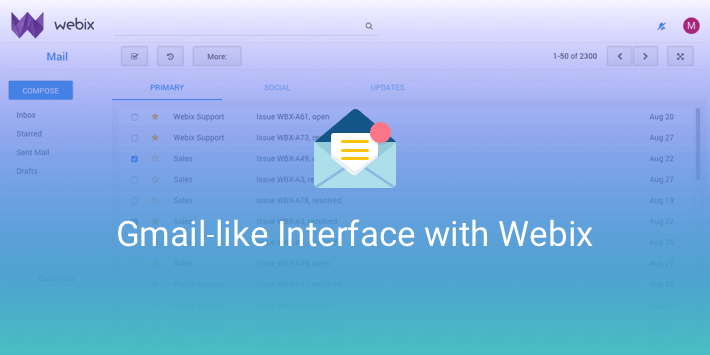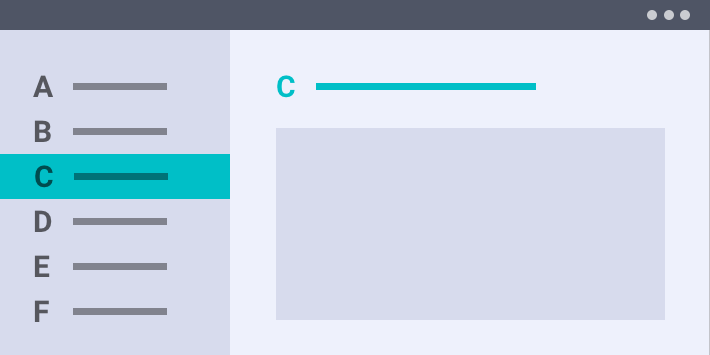An app logic well done is only half a job accomplished. The other half is designing such a UI that would enhance the functionality of the app and make it rational and easy to navigate. Besides, it’s important to create a nice-looking interface to make apps recognizable and visually appealing.
Gmail has one of the most recognizable interfaces on the web. It’s neat and clean and can be used to rationally organize the massive app contents. In fact, Gmail UI can be used not only for email management but for other tasks as well. If you would like to know how to recreate such an interface and don’t know where to begin (or in case you are just curious), follow me. I’ll show you how to implement Gmail’s approach to designing interfaces with the Webix UI library.





